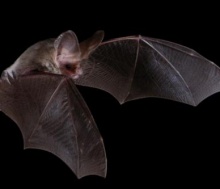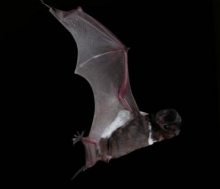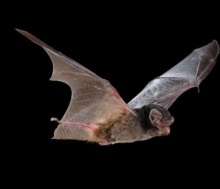Microbats in the Sydney Region
The Sydney Basin supports a rich microbat fauna of at least 19 species.
Roosting
Four species are predominantly cave-roosting, sheltering during the day in caves, mines, tunnels, culverts and stone basements.
The remaining 15 species roost during the day in tree hollows, under bark and in buildings.
Gould’s wattled bat (Chalinolobus gouldii) is the only species that has been regularly recorded roosting in buildings within the Sydney area.
Large bent-wing bat (Miniopterus schreibersii) roosts in man-made structures including a disused railway tunnel, water reservoir, disused military bunkers, a water diversion tunnel and stormwater drains.
Conservation
For tree-roosting microbats, conservation of forests is the only reliable method of providing adequate daytime roosting resources for these species
Provision of artificial nest boxes in urban areas may augment roosting habitat for some species
Threats
- Habitat destruction for residential and other development
- Accumulation of contaminants – organochlorines and other compounds in wood preservatives, herbicides and pesticides
- Motor vehicle impact
- Cat predation, especially for slow-flying species that forage near the ground eg. Lesser long-eared bat (Nyctophilus geoffroyi
What you can do
- Keep cats indoors, especially at night
- Build and install a roosting box, download the guide: Microbat_Bat_Boxes
- Minimise use of herbicides and pesticides
- Help conserve old growth forests
More information
The information on this page was taken from Glenn Hoye’s presentation, October 1996.
Download this PDF containing more excerpts: Microbats_in_the_Sydney_Region
Commonly-asked questions are answered in this fact sheet: Microbats_-_Fact_Sheet
Visit:
Microbats: the insect terminators
Images supplied by Michael Pennay


